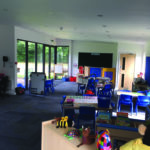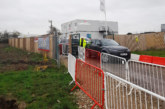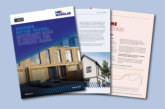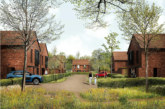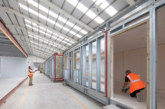Craig Riley, Managing Director at Green Modular, discusses the use of modular buildings in the education sector.
Schools have made use of prefabricated classrooms to expand their capacity since the Second World War. In past generations, this invariably meant draughty, cabin-style temporary accommodation with poor insulation and inadequate facilities. But a new wave of superior modular education buildings is changing the face of portable classrooms for good.
Today’s modular classrooms, with their superior building materials and top-class thermal properties, are a comfortable and stylish alternative to bricks-and-mortar buildings. They offer the extra capacity that schools with growing populations require, with the flexibility to adapt their purpose or even their location, as needs dictate. (This modern and well-equipped classroom at Broadmead Lower School near Bedford has been constructed on plinths so that it can be moved if necessary, as the school expands.)
Not only are modular buildings flexible and functional, they are also quick and minimally disruptive to build. With modular construction technology, the majority of construction work is completed offsite, making it possible to install a new building during the school holidays.
Last but not least, cost is a key factor in any school’s decision-making process. Modular buildings are significantly cheaper than other options of equivalent quality, with a typical modular classroom capable of housing 30 pupils costing around £80,000 to design and build. The cost can be spread so that it is paid in instalments, and many schools can also access funding towards the project from their local authority. Grants from the Condition Improvement Fund may be available to academies and colleges.
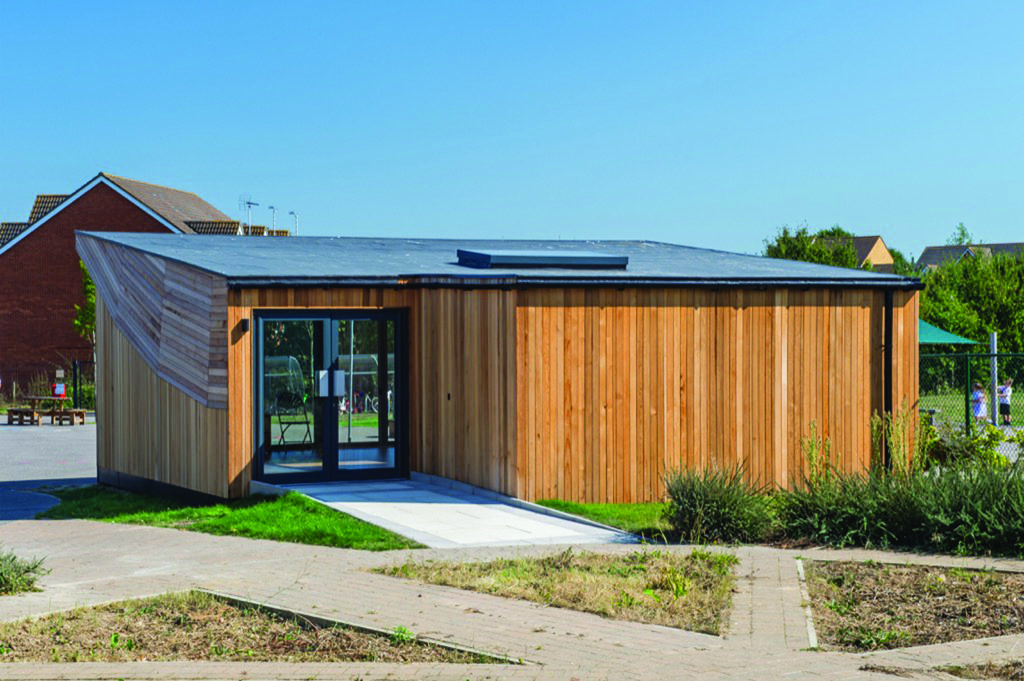
A sustainable solution
Sustainability is increasingly a concern for schools, tasked as they are with educating and supporting young people to make eco-friendly choices into the future. Unlike portable cabins or older bricks-and-mortar buildings, modular classrooms are designed with sustainability at their core. Constructed from environmentally-friendly materials such as FSC-certified sustainably sourced timber, an eco-friendly Structural Insulated Panel System (SIPS) and recycled aluminium, modular classrooms also have top-rated energy-efficient windows and doors.
But sustainable school buildings are more than just a worthy ideal, a box-ticking exercise to gain funding or a way to build an eco-friendly reputation. They can also have real and lasting benefits that will make an immediate difference to every school.
Energy-efficient lighting systems and well-insulated buildings will create significant savings as energy bills are slashed, not to mention providing a comfortable environment where it’s a pleasure to teach and learn. And of course, sustainability ultimately translates into longevity. The sustainable nature of modular classrooms also means a guaranteed useful life of 50 years or more, ensuring the future of the school for many generations to come.
Positive learning environments
Schools are driven by targets. The pressure to achieve good results is at the forefront of every head teacher’s mind. But by providing high-quality classrooms and facilities, schools can have an impact on pupils’ motivation, enjoyment and learning outcomes, without adding to the stress of exam pressure.
Positive, pupil-centred learning environments are comfortable (so there are no outside distractions), healthy (with good ventilation and lots of natural light), flexible (so the layout can be altered to meet students’ needs) and visually pleasing, with bright, pupil-friendly décor. Modular classrooms with state-of-the-art facilities are an ideal way to provide a stimulating and supportive environment that encourages children to learn. They can be built as stand-alone buildings, containing all the WC facilities, sinks and other functionality needed.
Extra-curricular activities can enhance any student’s school life, and subject-specific modular buildings are a great way to add valuable facilities to the campus, like this bespoke music room built at Goat Lees Primary School in Ashford. If the resources do not exist to provide dedicated single-subject classrooms, modular classrooms can be flexible in design, with multi-purpose classrooms like this activity room at Castledown Primary School in Hastings, which can be used for extra-curricular activities and also hired out to external groups.

Practical and cost-saving construction
Extra accommodation is an urgent necessity for schools in areas facing growing pupil populations, so it’s important to be able to act quickly, completing construction projects on schedule and on budget. We’ve seen that modular buildings can be constructed on a short timescale, with competitive prices making them an attractive option for many schools.
Minimal disruption is an important issue. It was a vital consideration at Haimo Primary School in London, where a modular building project ticked all the boxes to keep the school running with business as usual while the construction took place.
Flexibility is also key. This extra classroom at Mulbarton Primary School in Norwich was built to accommodate a new Reception class following a spike in birth rate, but as the children in that class move up the school, the building will be repurposed to become a staff room.
There are many other financial benefits and cost-saving possibilities: modular classrooms can be designed to fit into small or irregular spaces that may otherwise have been overlooked, getting the most out of the space available. Schools in need of extra income can hire out their outdoor classrooms for meetings and evening classes. It’s clear that modular construction is a key tool in helping heads and governing bodies to deliver a sustainable future for their schools.

